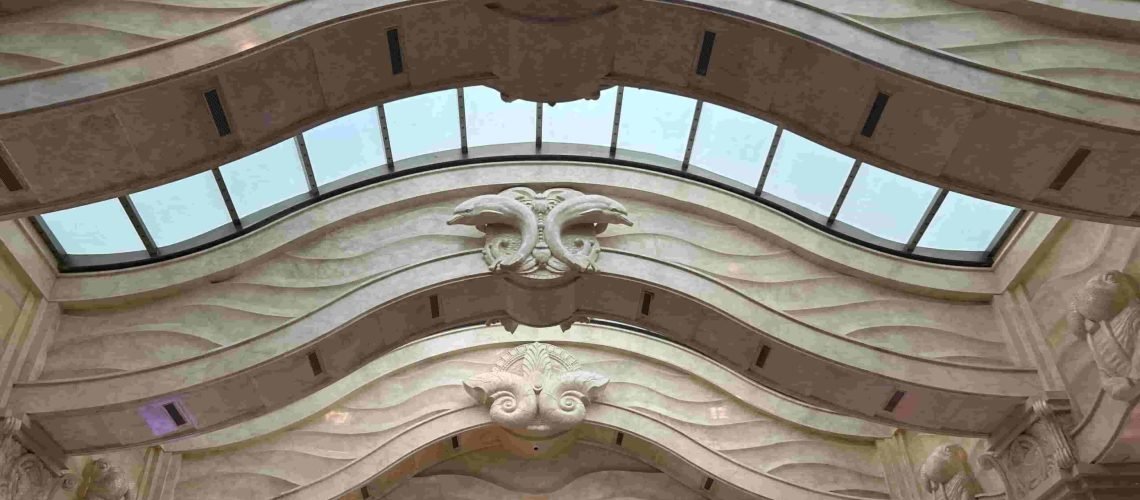1. Introduction
Concrete has been the backbone of construction for centuries, forming the foundation of countless structures worldwide. However, technological advancements have introduced innovative materials that challenge traditional concrete’s dominance. One such material is Glassfiber Reinforced Concrete (GRC), also known as GFRC. Both materials offer distinct strengths and applications, but understanding their differences is crucial for selecting the right option for your project.
In this article, we’ll explore the properties, benefits, drawbacks, and ideal applications of GRC and traditional concrete, helping you make an informed decision.
2. What is GRC?
Glassfiber Reinforced Concrete is a composite material made of cement, fine aggregates, water, polymers, and alkali-resistant glass fibers. Unlike steel reinforcement in conventional concrete, the glass fibers are evenly distributed throughout the mix, providing exceptional tensile strength and flexibility.
Originally developed in the late 20th century, GRC quickly became popular for architectural and decorative applications because of its lightweight nature and ability to take on complex shapes and fine details.
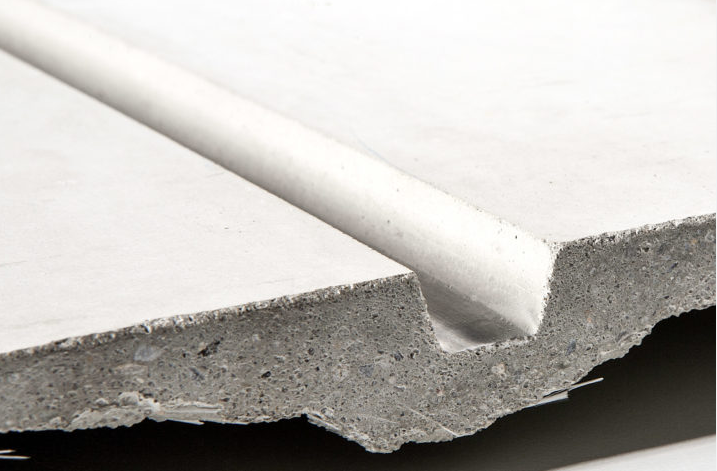
3. What is Traditional Concrete?
Traditional concrete is a mixture of cement, coarse and fine aggregates, and water, often reinforced with steel bars for added tensile strength. This material has been used for millennia, from ancient Roman aqueducts to modern skyscrapers, due to its durability and compressive strength.
It is particularly suited for heavy load-bearing applications and large-scale infrastructure projects, where structural integrity is paramount.
4. Key Differences Between GRC and Traditional Concrete
| Feature | GRC | Traditional Concrete |
| Reinforcement | Alkali-resistant glass fibers | Steel bars or no reinforcement |
| Weight | Up to 75% lighter | Heavier |
| Strength | High tensile and flexural strength | High compressive strength, lower tensile strength |
| Design Flexibility | Thin panels, intricate shapes possible | Limited to thicker, more massive shapes |
| Durability | Resistant to weathering, corrosion, and fire | Durable but susceptible to steel corrosion |
| Installation | Easier to transport and install | Requires heavy lifting equipment |
| Cost | Higher initial cost, lower transport cost | Lower initial cost, potentially higher maintenance |
| Applications | Cladding, landscaping, decorative elements | Foundations, pavements, structural components |
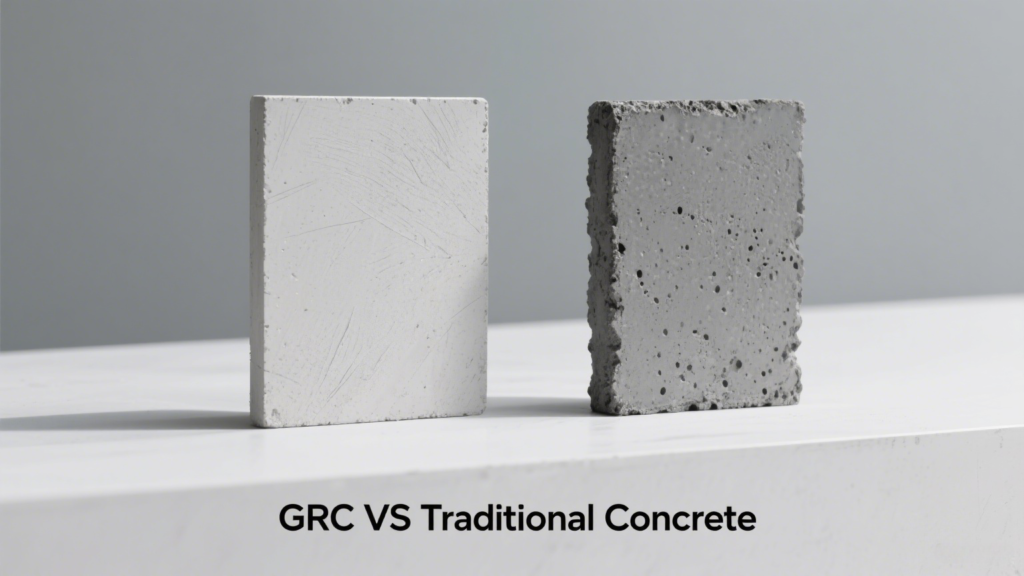
5. Advantages of GRC
Lightweight Strength: GRC can be up to three-quarters lighter than traditional concrete, making it ideal for projects where weight reduction is important.
Design Versatility: It can be molded into thin, intricate, and complex shapes, offering architects endless creative possibilities.
Weather & Corrosion Resistance: The absence of steel eliminates rust-related deterioration, and the material withstands harsh climates well.
Fire Resistance: GRC retains integrity under high temperatures.
Ease of Installation: Reduced weight means easier handling, faster installation, and lower transport costs.
Sustainability: Uses less raw material per square meter of coverage compared to traditional concrete.
6. Advantages of Traditional Concrete
Proven Durability: Centuries of successful use in diverse structures demonstrate its long-term reliability.
High Compressive Strength: Essential for load-bearing structures like foundations and columns.
Cost-Effective for Large Volumes: Readily available materials and established production methods make it economical.
Widespread Expertise: Almost every construction professional is familiar with traditional concrete methods.
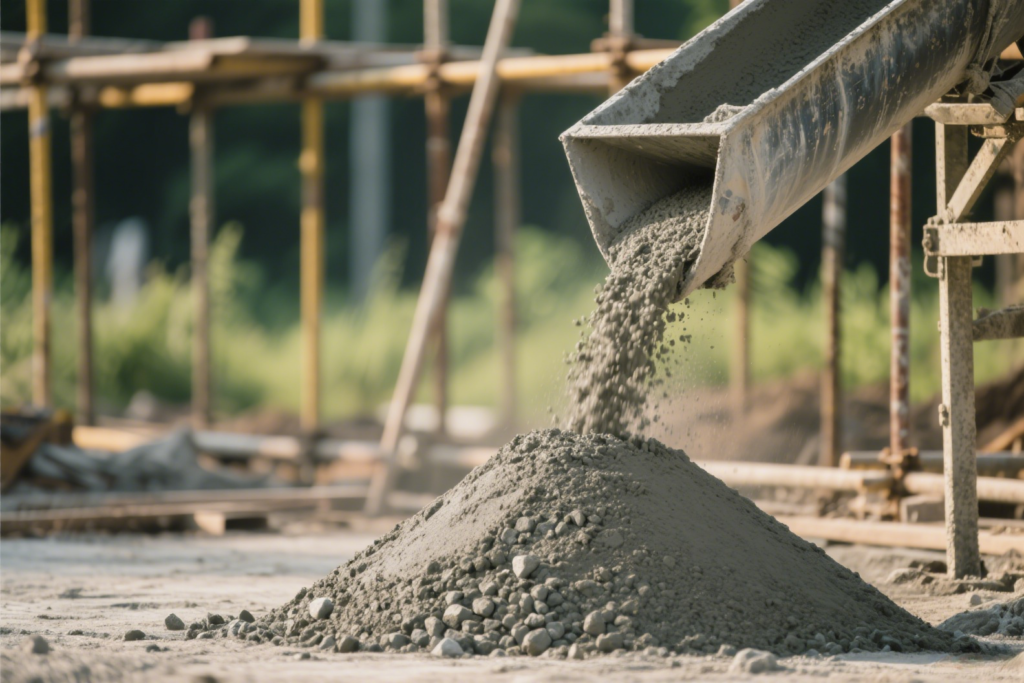
7. Disadvantages of Each
GRC
Higher Initial Costs: Manufacturing GRC requires specialized facilities and expertise.
Non-Structural Limitations: It is generally unsuitable for primary load-bearing roles without additional reinforcement.
Specialized Skills Required: Installation and handling require trained professionals.
Traditional Concrete
Heavy Weight: Increases transportation and installation costs.
Design Limitations: Difficult to achieve fine detail or thin sections without compromising strength.
Cracking and Maintenance: Susceptible to shrinkage cracks and steel corrosion over time.
8. Applications: When to Choose Which?
Choose GRC When:
You need lightweight cladding or decorative panels.
The design requires fine detailing, curves, or intricate patterns.
Corrosion resistance is critical (e.g., coastal environments).
Landscaping elements such as planters, benches, or sculptures are needed.
Retrofitting or restoration projects require matching historic designs without adding excessive weight.
Choose Traditional Concrete When:
You need heavy-duty, load-bearing structural components.
The project involves foundations, columns, or large pavements.
The budget favors lower upfront material costs.
The structure must handle high compressive loads.
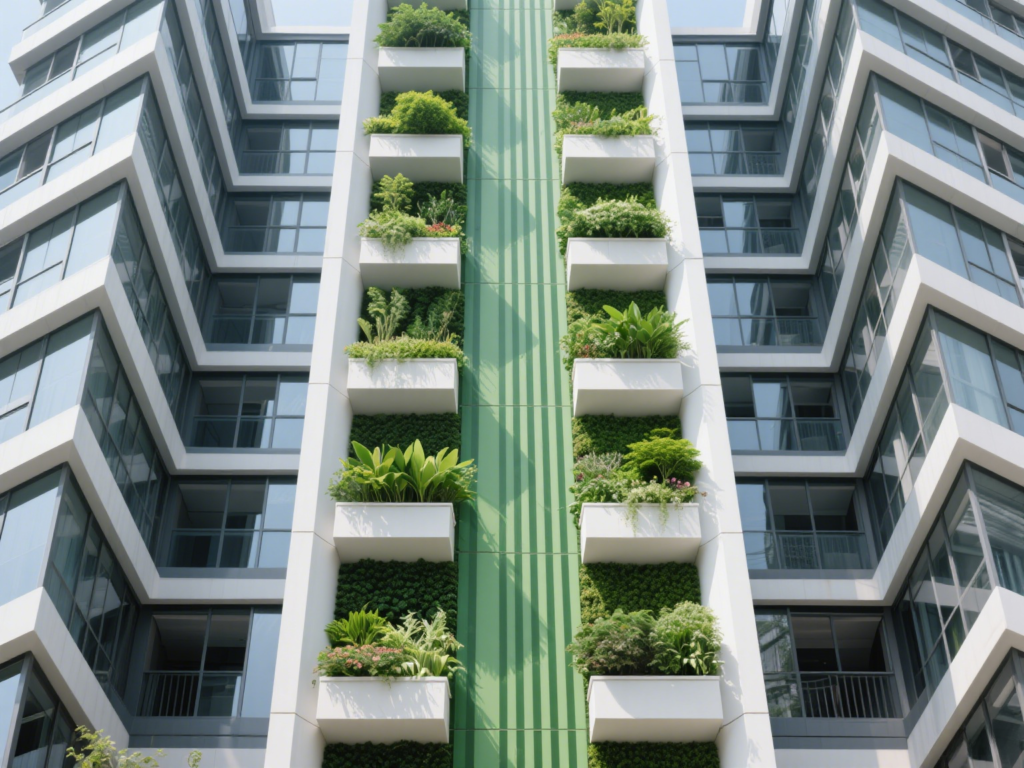
9. Conclusion
Both GRC and traditional concrete play vital roles in construction and design. GRC’s lightweight, flexible, and durable nature makes it a perfect choice for architectural, decorative, and non-structural applications where creativity and efficiency are priorities. Traditional concrete, with its unmatched compressive strength and cost-effectiveness, remains the go-to for structural and foundational work.
By understanding the unique strengths and weaknesses of each, you can select the right material for your project’s technical and aesthetic needs — ensuring both performance and longevity.

